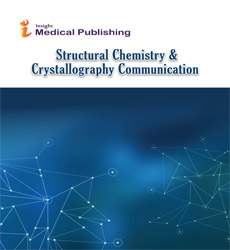Abstract
Micro-/Nanostructured PBSA Membranes With Antibiofilm Properties As Chronic Wound Dressings
Biofilms are present in roughly 80 % of chronic wounds and are a major obstacle to wound healing. In such cases, traditional antibiotic therapies remain most often ineffective. Antibiotic tolerance and resistance of biofilm bacteria may increase 1000-fold compared to that of planktonic bacteria. Moreover, antibiotics do not specifically target the biofilm. Hence, the development of new therapeutic strategies targeting the biofilm is essential and urgent. In that respect, we propose, here, the development of a micro-/nanostructured asymmetric poly(butylene-succinate-co-adipate) (PBSA) membranes for the controlled delivery of a protein (Dispersion B, noted DB) specifically targeting the biofilm matrix. The use of hydrophilic porogen agents, polyvinylpyrrolidone (PVP), and polyethylene glycol (PEG), was shown to promote greater porosity along with pore interconnections. Furthermore, increased porosity did not weaken the mechanical strength of the formed membranes. Using bovine serum albumin (BSA) as a model protein, we demonstrated that the protein loading and release from the PBSA membranes were influenced by membrane microstructure (e.g. porosity) and residual porogen. Furthermore, protein kinetics release curves showed fast initial followed by slow release over 24 hours. This may be beneficial to promote wound healing. Cross-sectional confocal laser scanning microscopy (CLSM) images revealed a heterogeneous distribution of fluorescein isothiocyanate model protein (FITC-BSA) throughout the entire membrane, in both the dense and porous layer. PBSA membranes loaded with DB, were highly efficient in inhibiting and dispersing pre-formed Staphylococcus epidermidis biofilms. The DB- loaded PBSA-PVP asymmetric membrane displayed the highest antibiofilm activity. Furthermore, in vitro cytotoxicity assays using a two-dimensional monolayer of cultured human HaCaT cells and fully differentiated normal human epidermis cells (RHE model) revealed that both unloaded and DB-loaded PBSA-PVP membranes exhibited good biocompatibility, and hence are likely to be adequate for wound dressing applications.
Author(s):
Anthony C. Duncan
Abstract | Full-Text | PDF
Share this

Awards Nomination
Google scholar citation report
Citations : 275
Abstracted/Indexed in
- Google Scholar
- China National Knowledge Infrastructure (CNKI)
- Directory of Research Journal Indexing (DRJI)
- WorldCat
- Geneva Foundation for Medical Education and Research
- Secret Search Engine Labs
- CAS (Chemical Abstracting Services)
Open Access Journals
- Aquaculture & Veterinary Science
- Chemistry & Chemical Sciences
- Clinical Sciences
- Engineering
- General Science
- Genetics & Molecular Biology
- Health Care & Nursing
- Immunology & Microbiology
- Materials Science
- Mathematics & Physics
- Medical Sciences
- Neurology & Psychiatry
- Oncology & Cancer Science
- Pharmaceutical Sciences

